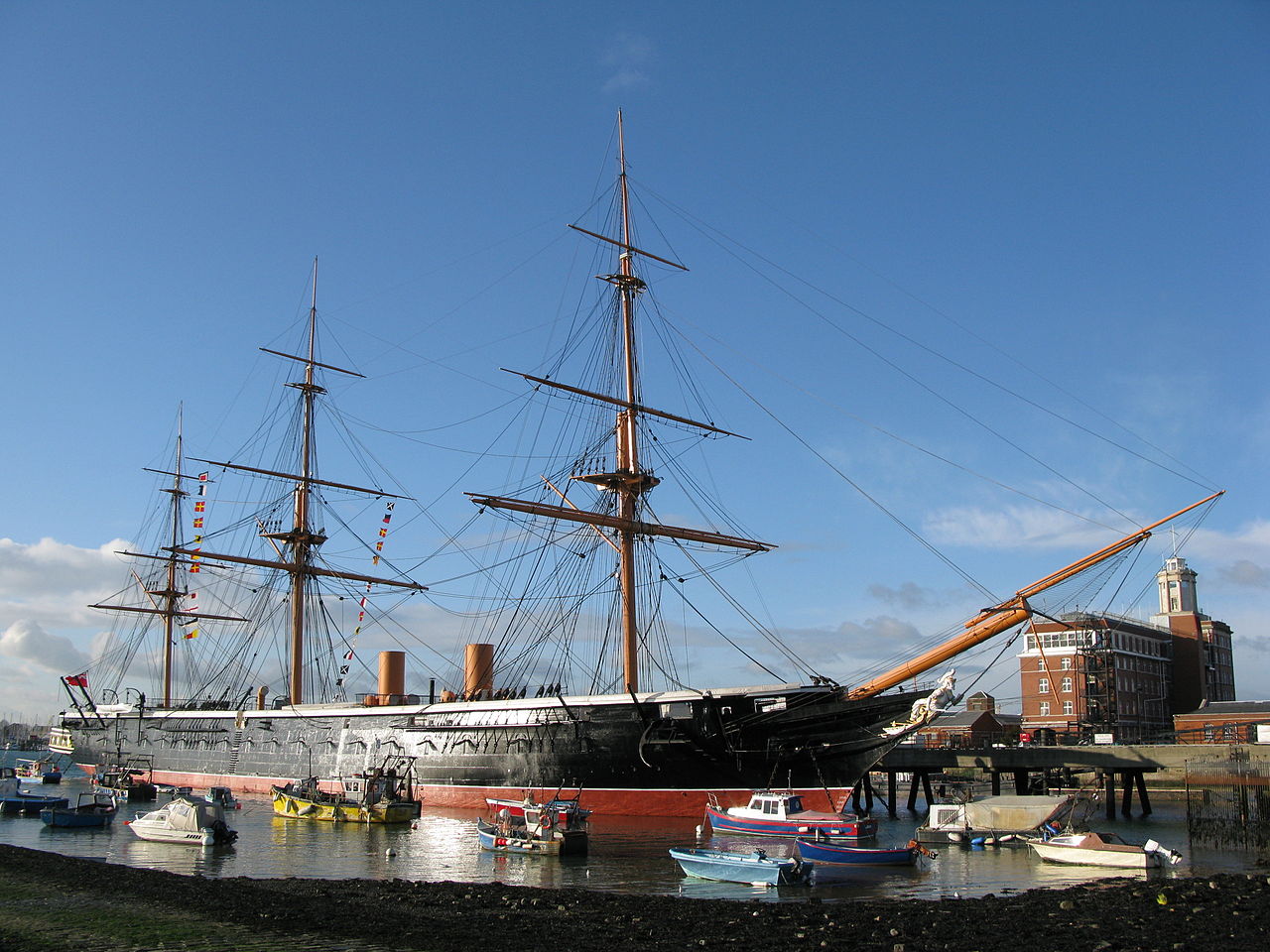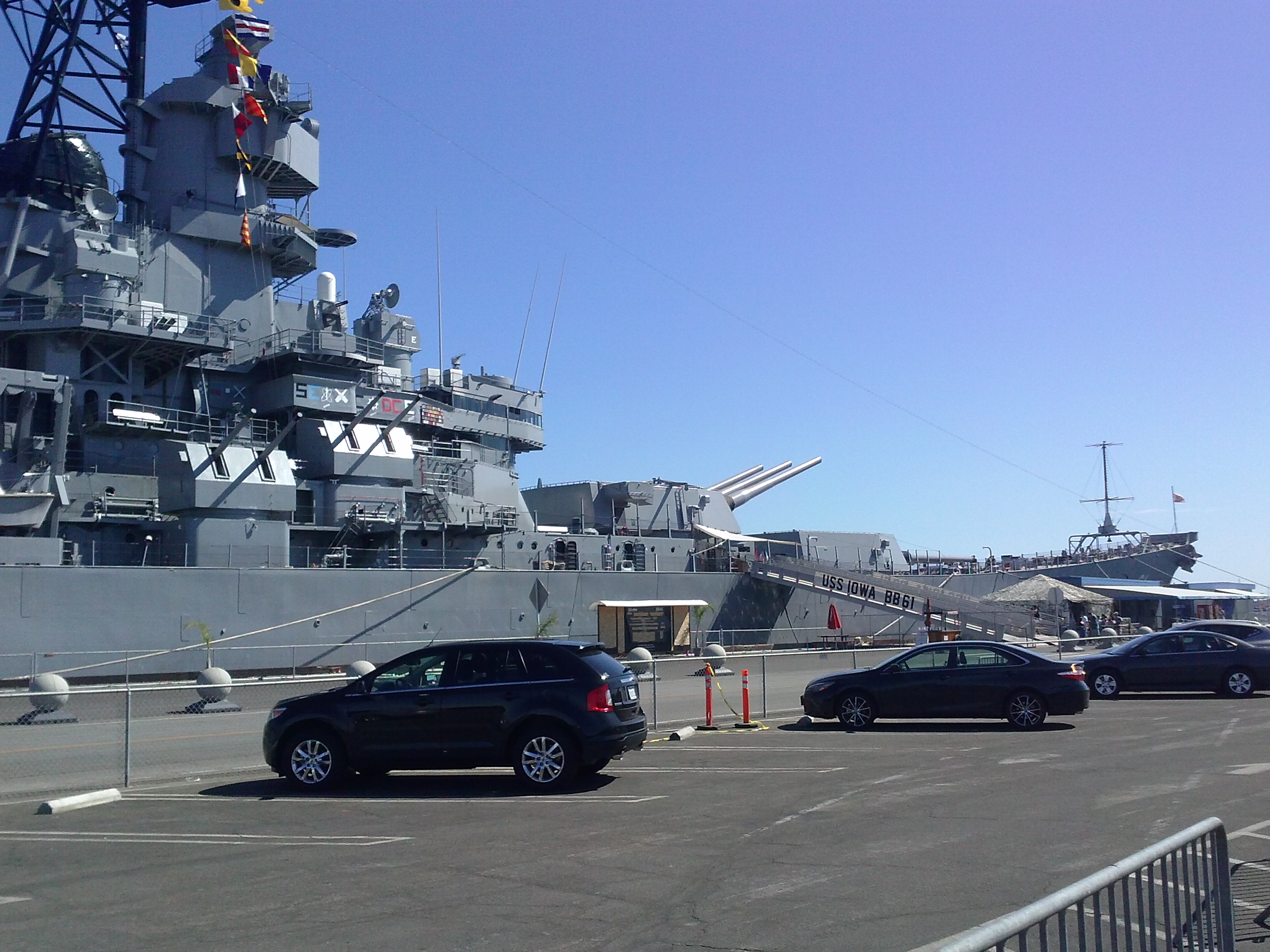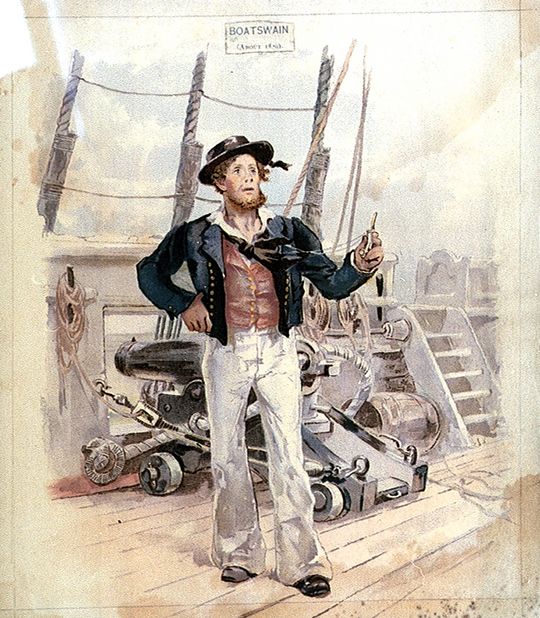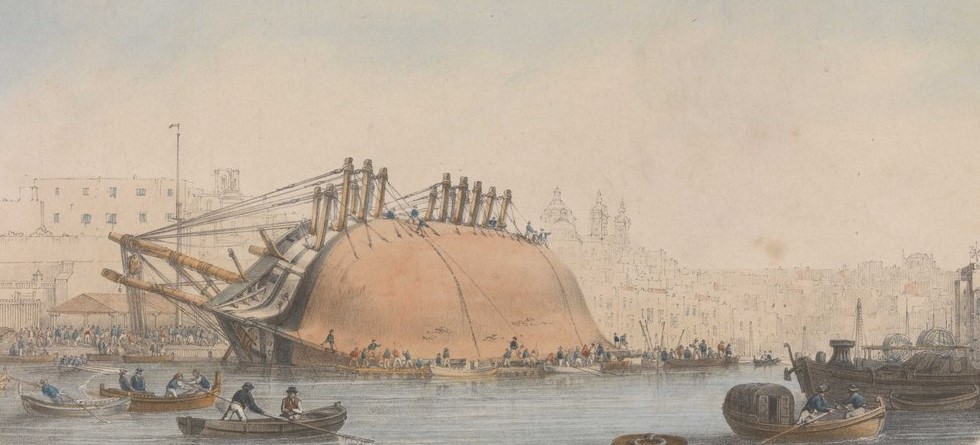Gentlemen,
So far, the war with Italy has gone reasonably well, with even the recent battle off Isle du Levant netting us three battleships and half a dozen destroyers for the price of a single battlecruiser, despite extensive damage to our fleet. Other battles have universally resulted in our ships emerging victorious, with the only black spot being the Army’s refusal to authorize the invasion of Sicily.1 We see no end for this, and perhaps should consider spending the preparation money elsewhere.


With the loss of Marseille, it is perhaps time to reexamine battlecruiser construction. A number of sketch designs have been prepared for your consideration, all using the new 14″ gun and improved torpedo protection.2 Read more...








Recent Comments